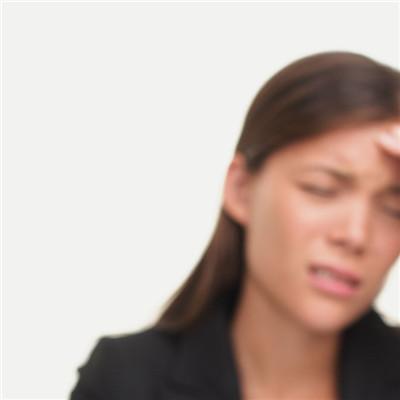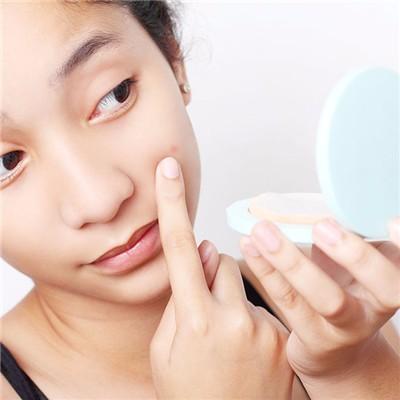What symptom does scapulohumeral periarthritis have?
summary
Periarthritis of shoulder is a common chronic disease. Generally, the incidence rate of postmenopausal women is relatively high, mainly in the population aged 50 or so. The most common manifestation of patients with scapulohumeral periarthritis is pain in the shoulder joint. Sometimes it gradually affects the range of motion of patients. The blood circulation of patients with scapulohumeral periarthritis is relatively poor, and it is also relatively easy to appear the cold of patients with scapulohumeral periarthritis. It is suggested that patients should pay attention to the treatment in time. What are the symptoms of scapulohumeral periarthritis? Now let me tell you something.
What symptom does scapulohumeral periarthritis have?
Pain is the main symptom of acute periarthritis of shoulder, which is mostly caused by climate change or fatigue. It is characterized by paroxysmal pain around the shoulder joint, which is severe and aggravates at night, and even affects sleep. The range of pain is wide, and obvious tenderness can be found in the shoulder.
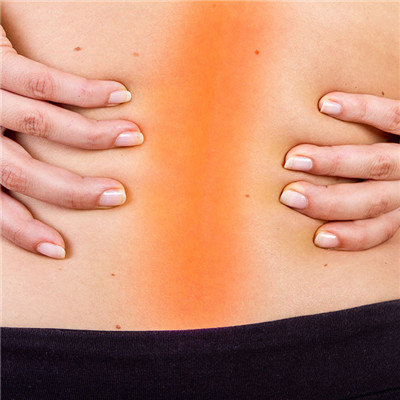
Patients with severe pain can be accompanied by local muscle spasm performance, if it is serious, the joint function may be limited and develop to joint contracture dysfunction, at this time, the shoulder joint activity is seriously limited, shoulder joint contracture stiffness. The range of motion of shoulder joint in all directions is significantly reduced than that of normal people.
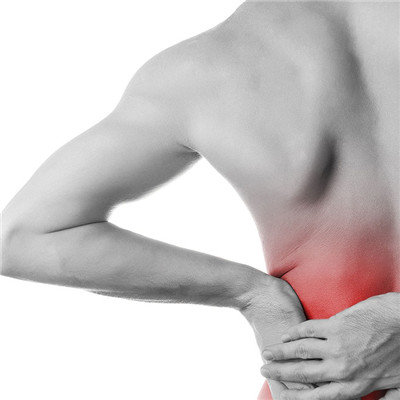
The active and passive activities of the shoulder joint in all directions will be limited, even if it is serious, there may be deltoid atrophy in different degrees. In general, if long-term periarthritis of shoulder is not properly controlled, mild muscle atrophy may occur,
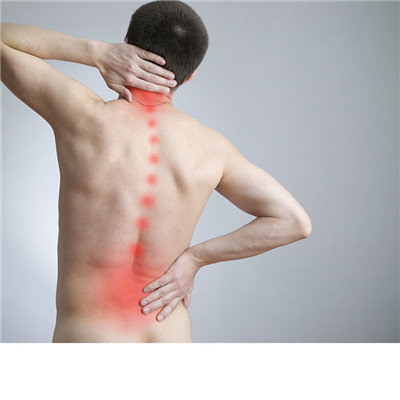
matters needing attention
At present, the main treatment for scapulohumeral periarthritis is conservative treatment. The length of the recovery period is related to the duration of the acute and chronic stages. The longer the freezing period is, the slower the recovery is; If the course of disease is short, the recovery is fast. Therefore, timely and effective treatment and exercise is the key to treatment and shorten the course of disease.



